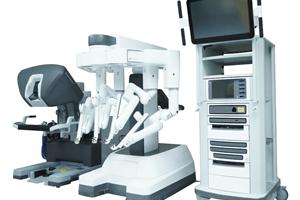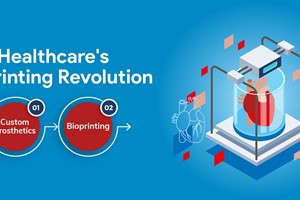The advent of the Internet of Things (IoT) in healthcare has promised revolutionary transformations in patient care and hospital management. From remote monitoring to smart hospital systems, the potential benefits are immense, ranging from enhanced patient outcomes to optimized resource utilization. However, the integration of IoT technologies into the intricate fabric of healthcare is not without its hurdles. In this article, we explore the critical obstacles faced by healthcare organizations in the adoption of IoT and offer strategic insights into overcoming these challenges.
Understanding the Scope of IoT in Healthcare
IoT technology in healthcare encompasses a broad spectrum of applications, including remote monitoring, wearable devices, and smart hospital systems. These innovations hold the promise of streamlining operations, improving patient outcomes, and reducing costs. However, the complexity of healthcare ecosystems poses significant challenges to their seamless integration.
Key Deployment Challenges
Interoperability and Compatibility: The interoperability of IoT devices and systems is paramount for seamless data flow and integrated patient care. Without standardized data formats and protocols, interoperability issues arise, leading to inefficiencies and errors.
Data Security and Privacy: Protecting sensitive health data transmitted and stored by IoT devices is crucial. Healthcare regulations, such as HIPAA, mandate stringent security measures to safeguard patient information against evolving cybersecurity threats.
Scalability and Management: Healthcare facilities must manage an increasing number of IoT devices and data points while ensuring scalability and efficiency in operations.
Cost and ROI Concerns: The initial and ongoing costs of IoT implementation can be prohibitive. Healthcare organizations must assess the return on investment (ROI) of IoT projects to justify their adoption.
Strategies for Overcoming IoT Deployment Challenges
Develop and Adhere to Interoperability Standards: Prioritize IoT solutions that comply with established standards and protocols to promote seamless integration and data exchange.
Implement Robust Cybersecurity Measures: Utilize advanced encryption methods and regularly update software to protect against cybersecurity threats. Employee training on data security is essential.
Leverage Cloud Solutions for Scalability: Cloud computing offers scalability, cost-efficiency, and improved analytics capabilities, facilitating the management of IoT data and devices.
Conduct Comprehensive ROI Analysis: Before embarking on IoT projects, conduct a thorough ROI analysis to evaluate economic impact and potential benefits.
Engage in Pilot Projects Before Full Deployment: Conduct pilot projects to identify and address compatibility issues, workflow integration, and user acceptance before full-scale rollout.
Conclusion
Despite the challenges, the integration of IoT in healthcare holds immense potential for revolutionizing patient care and hospital management. By addressing interoperability, security, scalability, and cost concerns with strategic planning and robust solutions, healthcare organizations can navigate the complexities of IoT deployment and lead in the tech-driven healthcare landscape.
In conclusion, the successful adoption of IoT technologies in healthcare requires proactive measures, collaborative efforts, and a commitment to overcoming challenges. As the industry continues to evolve, embracing IoT with careful consideration and strategic implementation will undoubtedly pave the way for a more connected and efficient healthcare system.
iotbusinessnews.com













